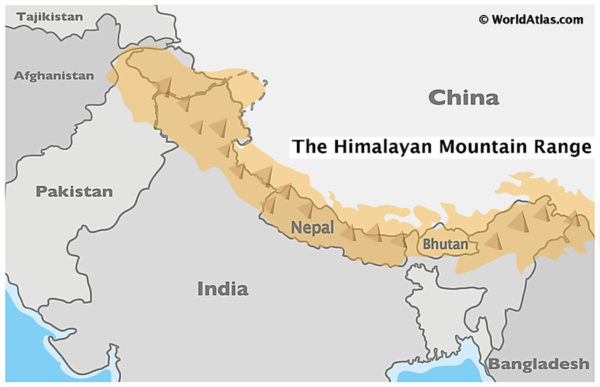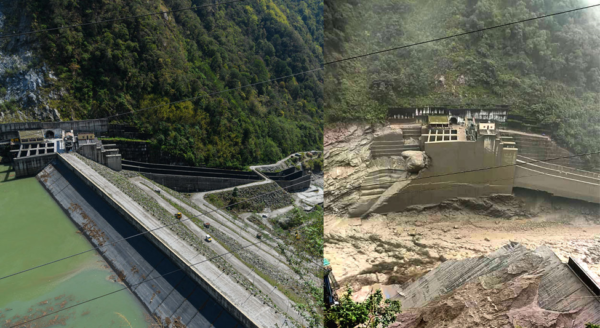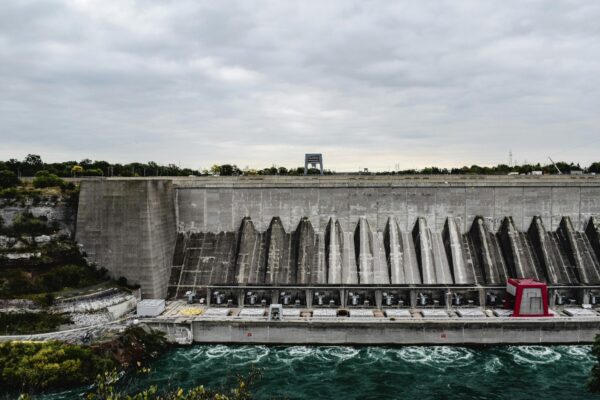As per International Energy Agency (IEA), hydropower continues to be the largest renewable source of electricity, producing more energy than all other renewable technologies combined. In alignment with this trend, India anticipates its national hydro capacity to rise from 42 GW to 67 GW by 2031-32, representing an increase of over 50% from its current capacity.
Hydropower provides several significant advantages. It is highly efficient, with hydro energy achieving up to 90% efficiency in converting water into electricity, compared to a maximum of 30-36% for solar power and 25-45% for wind power. Its low carbon footprint makes it a crucial component in mitigating greenhouse gas emissions. Furthermore, hydropower proves cost-effective over the long term, as it relies on water flow rather than fuel expenses. Additionally, it fosters economic growth by creating jobs and enhancing local infrastructure.
Despite these benefits and the increasing adoption of hydropower, this renewable energy source is not without its disadvantages. Critics highlight that hydropower projects can disrupt environmental ecosystems and these projects often have social implications, including the displacement of communities and disruption to their livelihoods. Dams are often known to trigger floods resulting in loss of habitable land and cause forced resettlement. In fact, throughout the 20th century, it is estimated that dams displaced between 40 to 80 million people worldwide.
For instance, the Belo Monte Dam in the Brazilian Amazon, completed in 2019, displaced up to 40,000 farmers, fishers, and urban residents. In Indonesia, dam projects, such as those at Saguling, Kedung Ombo, and Cirata, have displaced approximately 65,000, 30,000, and 57,000 people, respectively.
In India, the construction of the Hirakud Dam, the country’s oldest dam, displaced over 150,000 people. Similarly, the Bargi Dam in Madhya Pradesh impacted 162 villages across the districts of Mandla, Seoni, and Jabalpur.
In the Himalayan Region, which has become a hotspot for hydropower development, only 20% of the estimated 500 GW potential has been harnessed so far. However, it is crucial to recognize that this region is particularly susceptible to earthquakes, landslides, sudden cloud bursts and subsequent flash floods. Equally concerning are the accidents in hydropower projects in India, which present a significant threat. Notable incidents include the glacial lake outburst flood in Sikkim (GLOF) in October 2023 and the very recent Malana Dam failure in Himachal Pradesh in August 2024.

In Chungthang, North Sikkim, the 60-meter-high concrete-faced rock-fill dam of the 1,200 MW Teesta Stage III hydropower project was breached around midnight on October 4, 2023, due to a GLOF. This catastrophic event submerged the power house and washed away the bridge connecting it. The flood also affected hundreds of villages further downstream in Sikkim and districts of Kalimpong and Darjeeling in West Bengal. Reportedly, the disaster resulted in loss of 46 human lives, with over 77 people missing and 88,400 individuals affected.

On August 1, 2024, a dam break in Malana Himachal Pradesh triggered massive floods that killed five people and more than 50 people were reportedly missing. Earlier in 2021, a deluge triggered by an avalanche, in Chamoli district in Uttarakhand, swept away the 520 MW Tapovan Vishnugad hydropower plant and around 150 people missing were reported missing in the tragedy. In Himachal Pradesh alone, there have been at least 14 accidents in hydropower projects over the past decade.
In recent years, the frequency and severity of such incidents have increased, significantly impacting both lives and the economy. Experts highlight that dams and hydro projects significantly impact the sensitive mountain ecologies, with environmental activists arguing that rampant construction and deforestation increase disaster risks. Local communities near project sites are particularly vulnerable. Recent GLOF, intense rainfall, and flooding in the Indian Himalayan Region further raise concerns about the mountains’ carrying capacity and the need for cautious infrastructure development. According to South Asia Network on Dams, Rivers and People (SANDRP), hydropower projects act as force multipliers during cloudbursts, further exacerbating disaster risks.
While hydropower has provided essential development and access to electricity to many remote villages in India, it is imperative that these projects are built to be more resilient to mitigate and prevent disasters. Scientists emphasize that modeling the impacts of a GLOF should become more common practice, especially for hydropower plants near at-risk glacial lakes. To enhance resilience against GLOF threats, key measures include access to relevant data and information, capacity building of various stakeholder groups, implementing early warning systems, and developing well-designed infrastructure. While existing regulations in India require large hydropower projects to conduct a “dam break” or “dam fail” analysis to obtain clearance, a paper by National Institute of Public Finance and Policy in 2021, stated that it is unclear how many projects actually comply with this requirement[2]. Therefore, there should be more strictness around this analysis.
While hydropower projects have been crucial in providing renewable energy and driving economic growth, the rising frequency of disasters associated with these projects must be reviewed and immediately addressed. Strict regulations and mandates regarding dam safety are necessary, along with increased advocacy of more resilient dam infrastructures. To fully realize the benefits of hydropower while minimizing its risks, it is crucial to adopt comprehensive safety measures and innovative solutions that safeguard both people and the environment.

